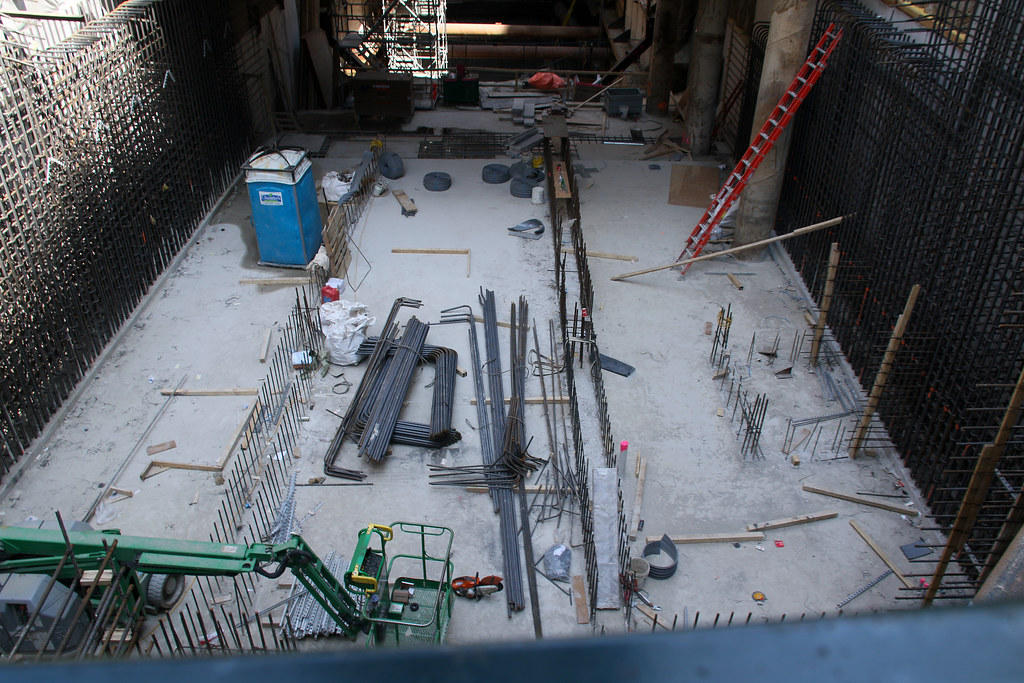Eglinton was a small farming village located at what is today the intersection of
Yonge Street and
Eglinton Avenue in
York County, Ontario, Canada. It was first settled in the early 19th century and became the agricultural hub for the area just north of the city of
Toronto. During the early 19th century, the area was part of the largest cattle-grazing region in
Upper Canada (now the southern region of Ontario). The region was the first in North America to extend the use of cowbells to all cattle. Prior to this, it had been standard practice for a cowbell to be attached only to the best and leading animal in a group of livestock.
[1] To honour this proud and storied heritage, the City of Toronto named a local street Cowbell Lane.
[2]






